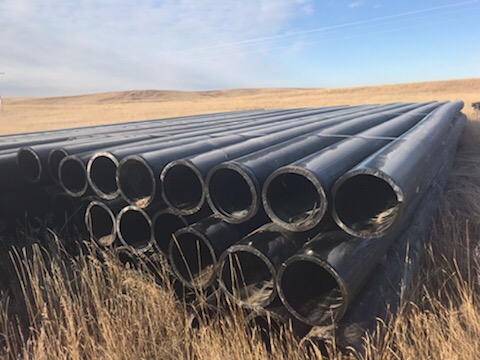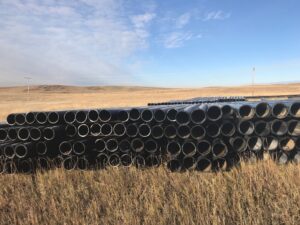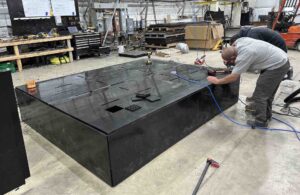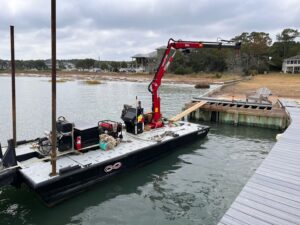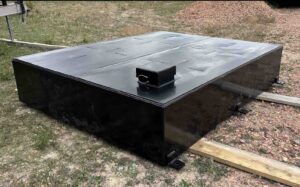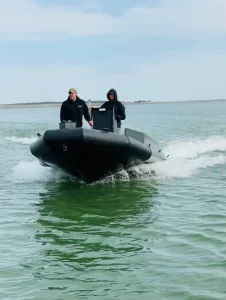Here is a questions we get asked often: “How is HDPE pipe most commonly joined?”. So, to be clear, follow along and learn about the various welding procedures.
Butt Welding
This is a process that uses a heated tool to join HDPE pipes of the same diameter together. The pipes are heated using a welding machine until they melt, and then they are joined under pressure between 0.15 and 0.5 kg/cm2, depending on the standard of the welding process chosen.
Electric Coupling Welding
This method uses special couplings that contain a built-in heating element to join HDPE pipes. During the heating process, pressure builds up in the area where the coupling and pipe are welded, creating a strong connection between the outer surface of the pipe and the inner surface of the coupling.
Hot Air Welding
The connection is formed after heating the surfaces to be joined with a stream of heated air. Additionally, a welding rod may be supplied to the joint area. Due to the lower level of mechanization, a reduction factor of 0.5 is applied to connections of polyethylene pipes created using heated air welding, even if all technological requirements are met. Hot air welding of polyethylene pipe is used when it is not practical or desirable to use butt welding or electrically resistance welding to create connections.
If you need more details on the different methods to join HDPE pipes, please check out the link provided.
Get in Touch With Legacy HDPE
We, at Legacy HDPE, prioritize quality and customer satisfaction, ensuring durability, efficiency, and cost-effectiveness. For more information about our products and services, contact us directly at Tel: 307-391-0731.

